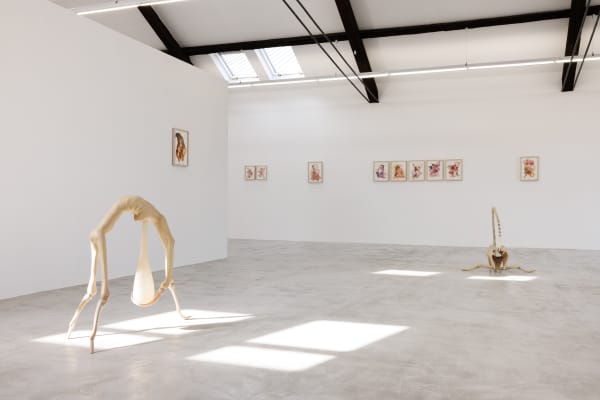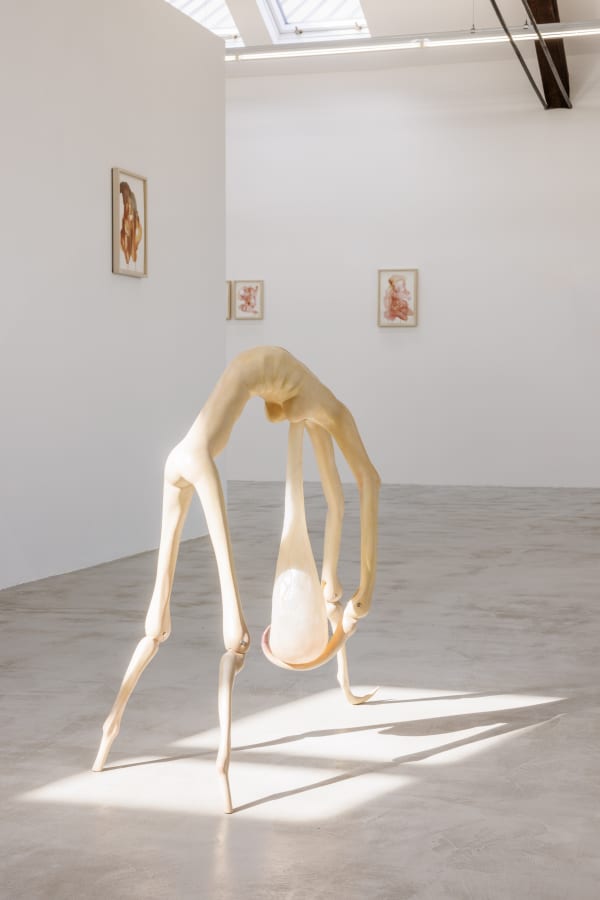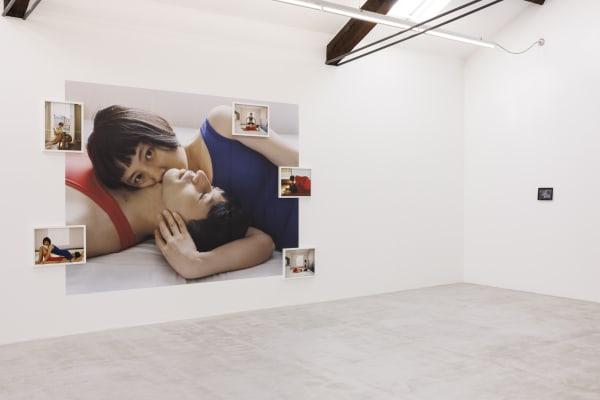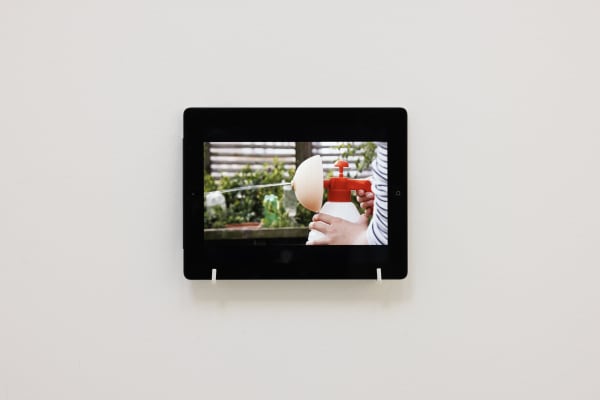We are pleased to announce a group show Bodies ans Souls at Cassina Projects, Milan, Italy, curated by independent curator Manuela Lietti in collaboration with Capsule Shanghai. Participating artists include Feng Chen, Huang Hai-Hsin, Pixy Liao, Wang Haiyang, Liao Wen. The exhibition opens on February 21th, 2023, and will last until April 15th, 2023.
Bodies and Souls presents the work of Liao Wen, Wang Haiyang, Pixy Liao, Huang Hai-Hsin, and Feng Chen in Milan for the first time. These five contemporary artists grew up in a similar Asian cultural context and their work is characterized by the use of the body as signifier and signified. The group show, spanning the upper floor of the gallery space, consists of a selection of the artists’ most recent works, as well as pieces specifically created for this exhibition that blend the language of photography with painting, video, sculpture, and sound installation.
The body, with its contradictions, impulses, and declinations, has always been the aesthetic and conceptual core of Western art and thought, from antiquity to the present day. In classical East Asian art, however, the body is often hidden, elusively immaterial, or indirectly evoked, as a result of the East Asian preference for a holistic vision. Underlining the perfect union of man and nature, the continuity of the individual's body with the larger environment is translated into the creation of an ideal unicum. However, since its inception, contemporary art from Greater China has placed an unprecedented emphasis on the body, making it visible, experiential, and malleable. This trend reached its peak during the 1990s, with the birth and evolution of the first performance art in Greater China, for example. In more general terms, since the 2000s, art about the body has embraced the socio-cultural complexities that the contemporary East Asian world has experienced within its own borders and in relation to transactional reality: the birth of a neo-feminist aesthetic and ethics, the creation of a transversal sexual identity free of definitions, and the interlacing of genres and techniques that transforms technology into an extension of the body and vice versa. The work of the five artists on view offers different facets of a composite panorama and places contemporary artists from Greater China in an international context.
Liao Wen (b. 1994 in Chengdu; lives and works in Shenzhen) departs from the physical body, its organs, and its epidermis to portray the invisible through a language that integrates figuration and abstraction. She aims to showcase the irrational in a rational way. The body is hereby conceived as a tool to explore and understand oneself, others, and the outside world. On this occasion, in addition to the two sculptures Hesitation and Uprise, Liao unveils two new works, created specifically for the exhibition, and that anticipate her new Sensation series. The latter, inspired by Roman and Christian ex-votos, is the translation of bodily sensations such as anger, fear, or the need to sneeze through a purely sculptural language made up of geometries, volumes, and materials that pay homage to the body as a pure means of perception.
The bodies that Wang Haiyang (b. 1984 in Shandong; lives and works in Beijing) portrays are captured in a continuous metamorphosis that links the plant, animal, and human realms. In the watercolors of the Human Beast Ghost series, we perceive a sort of tension born of the intersection between Apollonian and Dionysian spirits, between creation and destruction, but, above all, we witness an exchange of energy that is sometimes sexual and sometimes cosmic, whose aim is to bring to light the existence of a liminal zone beyond all sorts of definitions; these works are the ideal stage for the appearance of a third dimension, a third sex, a space of possibility and potential beyond the visible and the known, as highlighted in his brand new painting Forbidden Love.
In her photographs and videos, Pixy Liao (b. 1979 in Shanghai; lives and works in Brooklyn, NY) embraces an ironic approach that subverts the common logic of balance between the sexes and delves into the artist's unconscious. Bed Wrestling, a series of photos taken in different hotel rooms portrays Pixy and her partner Moro at the end of or in the midst of a fight that Pixy wins. A reversal of what is considered standard, especially from a traditional Asian perspective, the photos stage a game of roles that leads the couple to experiment with new ways of being, loving, and creating in a constant hybridization of art and life.
Huang Hai-Hsin (b. 1984 in Taipei; lives and works in Taipei) creates real tableaux vivants in which the body becomes a metonym for the individual's personality and values but also for a shared societal attitude. Presented without the aura of respectability and conformism that society would require, the protagonists’ bodies in Human Design, her new painting on display, are distinguished by coarse, deliberately amplified movements and poses, as if to ironize the contemporary obsession with presentable, fit, and “acceptable” bodies that are all portrayed in ideal flashes and not during moments of truth.
Feng Chen (b. 1986 in Wuhan; lives and works in Hangzhou) reflects on the intrinsic value of the body in space, but also its ability to create and activate new volumes, simply by passing by or existing in space. His sound installation alludes to a person and his physicality by capturing his activities: from a person entering a room to the movement of the air caused by his movement to objects being moved. Feng translates the changes caused by the presence of the body itself into sound vibrations that the viewer is able to hear but also into subtle, almost imperceptible sound modulations. These modulations may not be distinguishable at first, but they do capture the essence of a certain physicality revealed through weighted and apparently undetectable movements.
(Text by Manuela Lietti)
March 2, 2023















